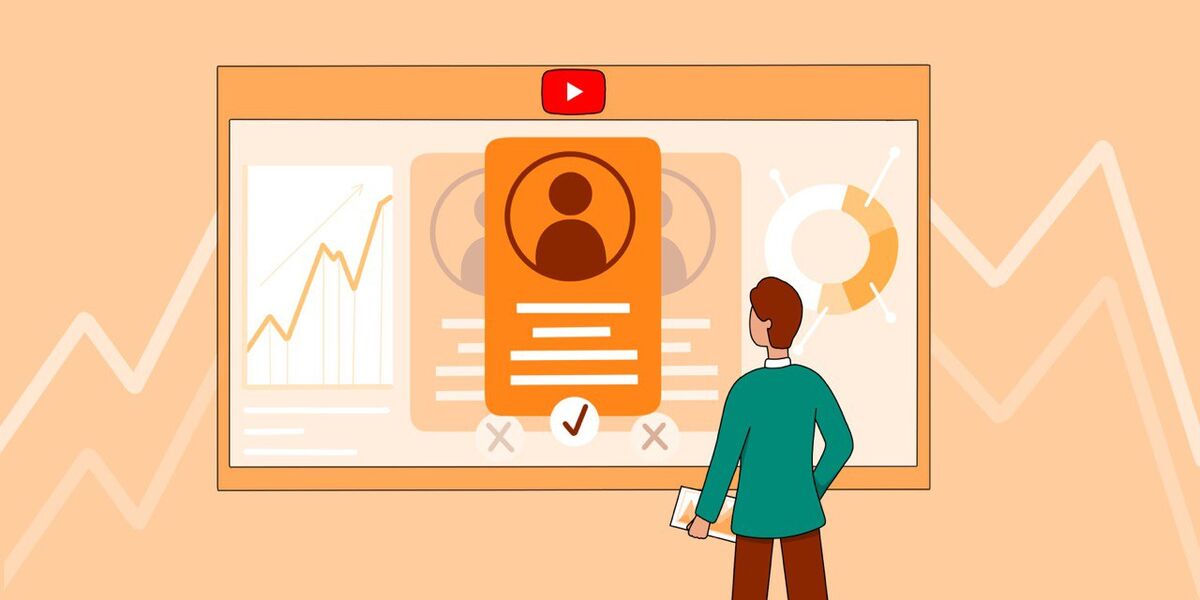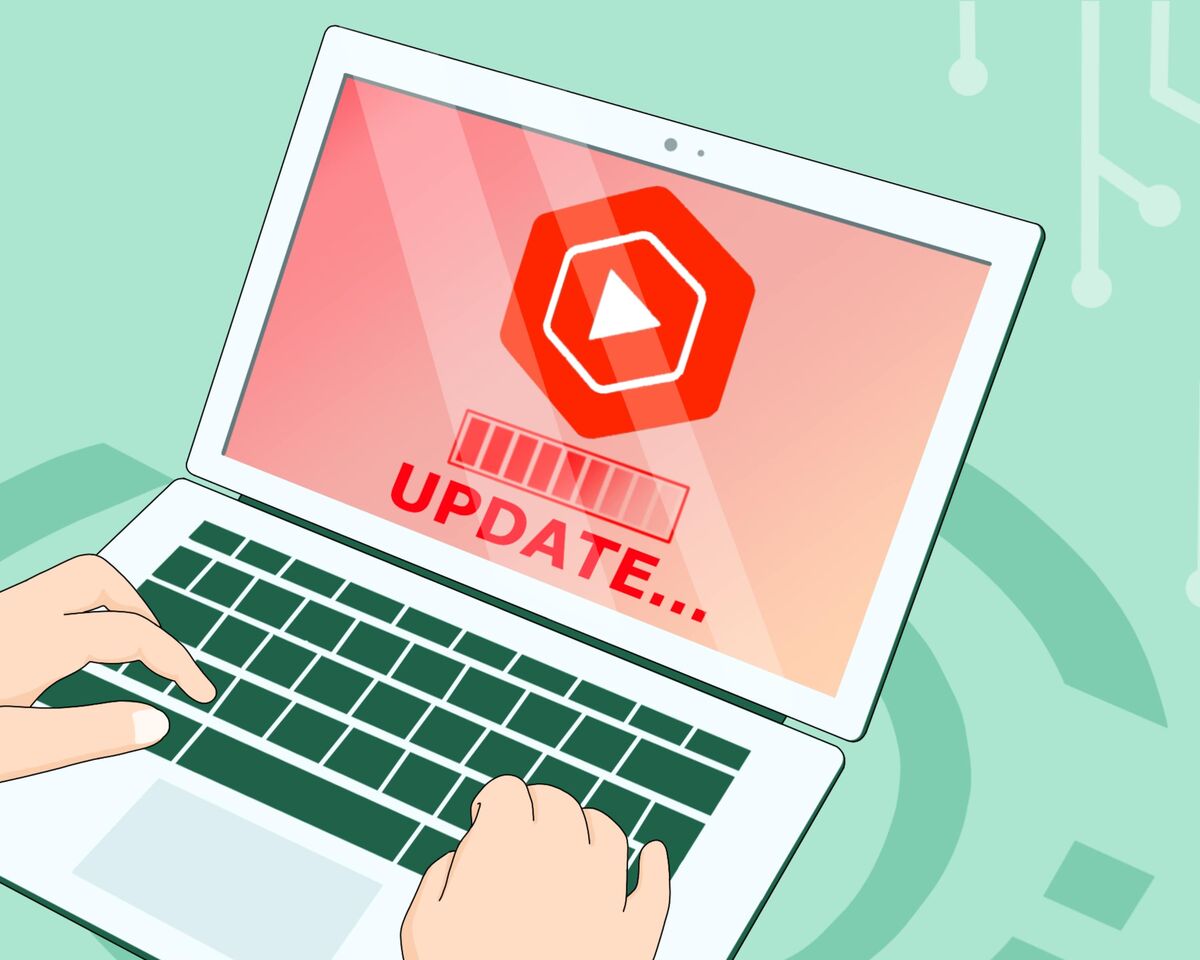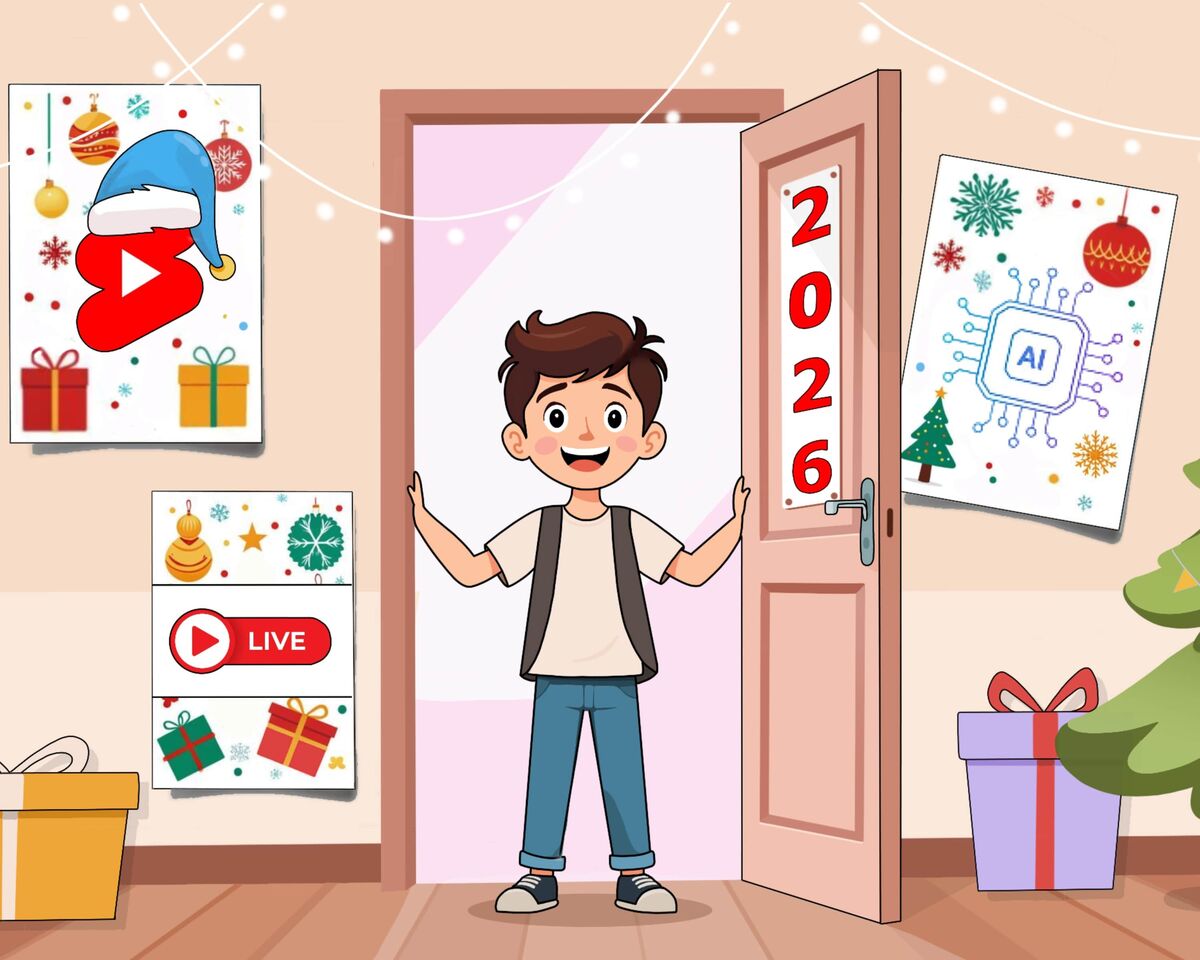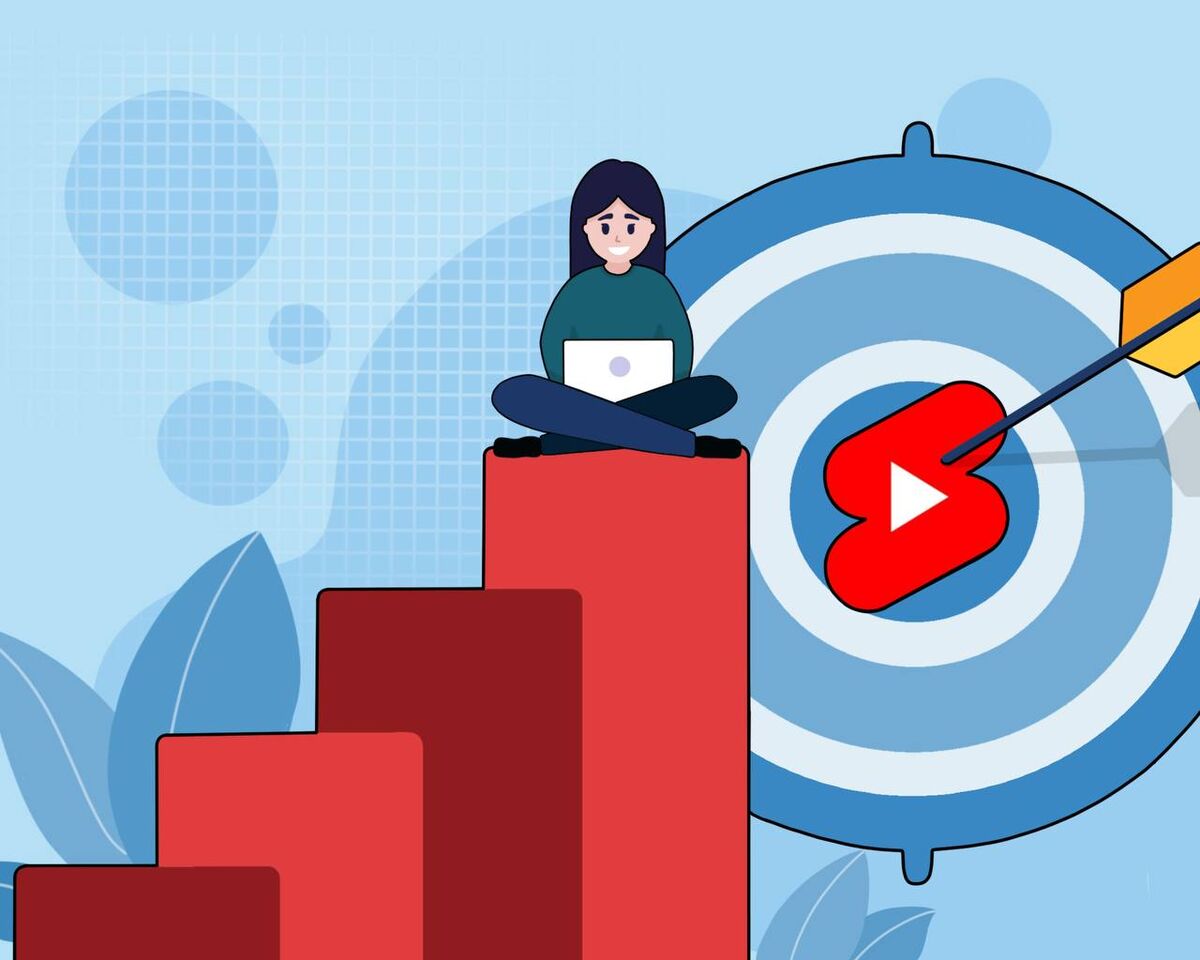How to Create a Successful YouTube Promotion Strategy


Whether it’s unfortunate or fortunate, just making videos for your own enjoyment isn’t enough to succeed on YouTube these days. The platform now demands that we stay sharp, be resourceful, and keep a close eye on what others in our niche are doing. And that’s exactly what we’re going to dive into now.
Try a conscious approach to growing your YouTube channel
You don't need to Google this term—we coined it ourselves! It’s all about creators who are truly dedicated to improving their channel and content, learning how to gather and use information effectively, and seeing the results of their efforts in views and subscribers.
If that sounds like you, congratulations—we’re going to make a great team. According to the Prodvigate team, success on YouTube is all about hard work and preparation. Today, we'll dive into the hard work that goes into effective preparation.
In the world of YouTube, preparation can be broken down into two processes:
- preparing to launch a channel
- preparing to create a video
Today, we’re focusing on the first stage, preparing your channel for launch. But remember, studying your niche competitors is beneficial at any stage of your channel’s journey.
This becomes particularly useful if you've never done it before, your channel’s growth has suddenly stalled, or you've lost enthusiasm and fresh ideas. Often, this happens because you didn't start with a solid channel growth strategy.
You might argue that channels like "supergamer123" skyrocketed thanks to one viral video without any strategy. And sure, that might be true. But here’s the catch—eventually, "supergamer123" will hit a dead end, just like you, if there’s no strategy in place.
The reality is that creating a YouTube channel is a lot like starting a business. You can rush into it and end up with something that drains your time and energy with little return, or you can invest time upfront to create something truly captivating.
You need to be prepared to dedicate time to your channel—there’s no shortcut around it. Without this commitment, your channel simply won’t grow.
A channel growth strategy is your foundation. Without it, everything will eventually crumble. Developing a strategy is a multi-layered and complex process, but a key component is studying your niche and the other creators within it. Now, let’s identify the key characteristics you should use to evaluate your competitors.
Don't Compare - Draw Inspiration instead
Let this headline be your motto. Don’t mindlessly compare yourself to every other channel out there. Instead, learn to navigate by observing other creators in your niche. Let's break down what this means.
When you first begin the process of analyzing your niche and competitors, we strongly recommend thinking as broadly as possible. You’re searching for your place on YouTube, and at the same time, hundreds of thousands of other creators, like you, want to be the best and connect with their audience.
They, like you, are studying their niche, improving the quality of their videos, and searching for great ideas. So, the first thing you need to understand about your competitors is that they, too, are growing, evolving, and fighting for viewers' attention.
That’s why it’s essential not to just take a quick glance at your niche; you need to consistently review and analyze it. This helps you stay on top of trends, understand shifting opinion leaders, and gauge what viewers are truly interested in. Without this ongoing effort, you risk getting stuck all over again.
Let’s revisit the main point of this part of the article—do not compare yourself. Your goal isn’t to outdo or outperform everyone else.
Yes, it may seem counterintuitive, but in today’s platform landscape, being unique is more important than being popular. Focus on differentiating yourself rather than surpassing your competitors.
To find these differences, start by identifying the top creators in your niche. No, you don’t need to pick any of them as your main competitor or try to jump straight to their level to catch up. Don’t even consider the second or tenth largest creator as your main competitor.
Remember, your goal isn’t to compare—it’s to analyze. By studying a dozen or more major creators, you’ll be able to take the following steps:
- Segment the niche: This is essential to understand which topics have been fully covered, where there are more creators, where there are fewer, and which areas you should explore first.
- Identify positioning: Determine how and in what formats information is already reaching the audience, what unique features are being used, and which ones are still untapped.
- Assess the strengths and weaknesses of competitors: Some creators appear on camera, while others don't; some provide a lot of content but keep it surface-level, while others take longer to produce videos but approach them with more care.
The more channels and creators you include in your analysis, the more information you'll have about your niche and competitors. From there, it becomes much easier to create more favorable conditions for yourself and develop a successful channel growth strategy.
Once you evaluate the niche and its segments, it will be easier to narrow down the theme of your own channel to the most in-demand and least saturated area, allowing you to build trust with a smaller audience.
Initially, this might not sound particularly appealing, but by focusing on a narrower, yet loyal and active audience, you'll be able to more quickly expand your content to a broader audience later on. You’ll already have a loyal fan base, a steady audience, and valuable experience in running a YouTube channel, which is also important. This approach isn't mandatory, but it's one of the formats for a successful channel growth strategy on YouTube.
When you grasp the uniqueness and positioning that established creators have already claimed, it becomes easier to define your own uniqueness and offer viewers something fresh and engaging that sets you apart from other creators they already know.
Additionally, we recommend thinking about your own strengths and weaknesses. This way, you can recognize that, for example, you may not yet be ready to offer viewers the same video quality as your competitors—that’s their advantage and your disadvantage—but you excel at presenting already-covered topics in a much more engaging and captivating way. This will be your strength, and with some thought, it could even become your unique selling point.
Analyze your competitors for yourself and your viewers.
For some reason, many beginners believe big channels succeed by accident. We suggest looking at this from an unusual perspective. Imagine you’ve become successful on YouTube, and in response to your efforts, people say, "You just got lucky; it’s not your achievement."
Not a pleasant feeling, right? Have you heard of the term "devaluation"? This is exactly what happens when people devalue someone else's experience, effort, and investment.
For some reason, no one thinks that chess players win by chance—it’s understood that they’ve trained hard and think strategically. Now, imagine that YouTube has more in common with chess than with a lottery.
Let’s return to analyzing our colleagues in the niche. One of the biggest benefits of this process when working on your own strategy is that, if you spend enough time on analysis, you’ll start to understand the growth strategies used by other creators.
You might be surprised to find that these strategies are often not something genius or complicated, but rather simple and effective. Most creators, in one way or another, place their audience and their interests at the center of their strategy. It would be strange if it were otherwise.
Essentially, all YouTube creators are competing for the audience's attention, and the winner is the one who understands their target viewer. If you want to be obsessed with something, be obsessed with understanding viewer interests, not with comparing yourself to others, for example.
The simple truth is that if a creator is popular on YouTube, they definitely understand their audience. This brings us back to our competitor analysis. You need to understand why viewers choose this particular creator, what they’re offering, and why the audience keeps coming back to them.
Top creators are already authoritative figures for their audiences, and their opinions are often seen as the ultimate truth. If you create on YouTube with a completely opposite perspective, be prepared for potential resistance. However, if you present your opposing view correctly, it could be the very thing that propels you to success.
So, what does it mean to present it correctly? Refer back to the first part of this article—remember your competitors' strengths and weaknesses, their uniqueness, and, most importantly, your own.
One thing is certain—you will be compared to others. You must be prepared for comparisons, which can often be quite toxic and unpleasant, and for defending your position and uniqueness. When you’re aware of your competitors’ strategies, it will be easier to fend off these attacks.
Another important point here is the changing nature of viewer interests.
If you closely monitor your niche and your colleagues, it will be easier to notice when things are shifting. Of course, you can sense a change in audience direction not only through your peers but also by studying trends, for example.
Choose the right strategy and spend your energy wisely
Your channel is your greatest opportunity for self-expression and bringing your ideas to life. However, if you start by randomly uploading videos, you’ll quickly become discouraged when you face difficulties or stagnation on your channel because you won’t have any idea what viewers are watching or what your competitors are offering.
You may not have a team or a big budget, but you have something far more valuable—time, which you can use wisely.
Mindlessly posting videos isn’t rational. You’ll quickly burn out your enthusiasm. But if you take the time to prepare and plan your strategy, that’s rational—because when you encounter challenges, you’ll have a plan. You’ll know how to act in critical situations.
What are we talking about here?
When viewers first encounter 99% of channels, they often think, "I don’t understand what this is about; it’s boring, unappealing, and disjointed." With these impressions, viewers will naturally leave.
If you’ve already overcome this stage and corrected the most basic mistakes, the problem often lies in the following: you’re covering general topics that have already been explored many times before.
Even if your channel looks polished and understandable, there’s no motivation for viewers to watch your videos—they’re just like everyone else’s, and the top channels have already outpaced you on most topics. Plus, the audience already has more trust in them. If you had analyzed your competitors, you might have avoided this stage altogether.
It’s also beneficial to analyze the top channels. This helps you realize that the big players don’t bother with the small topics in their niche—they’re big enough to only cover the major themes.
Meanwhile, smaller questions that still interest the audience often go unnoticed. These are the topics you should target to fill content gaps and carve out your niche among viewers.
How do you identify these topics? It’s simple—pay attention to what people are asking in the comments under other creators’ videos.
People constantly ask questions under videos, hoping for answers. This is where you’ll find all the popular, in-demand, and interesting topics that people want to see videos about.
It’s important to note that just like the topics themselves, the angle from which you present them also matters. What’s most important isn’t whether you’re better or worse than others, but how you stand out from the rest.
It’s not the best product that wins, but the best marketing—how you present it. That’s the whole secret.
Developing a channel growth strategy, analyzing competitors, and defining your uniqueness and positioning is, admittedly, a challenging task. Don’t be discouraged if it feels difficult or confusing. Remember, everything takes time and effort. Your main strategy should be to manage your time wisely, not overwhelm yourself with tasks. So, take a deep breath, focus on your next steps, and remember—you’ve got this!




